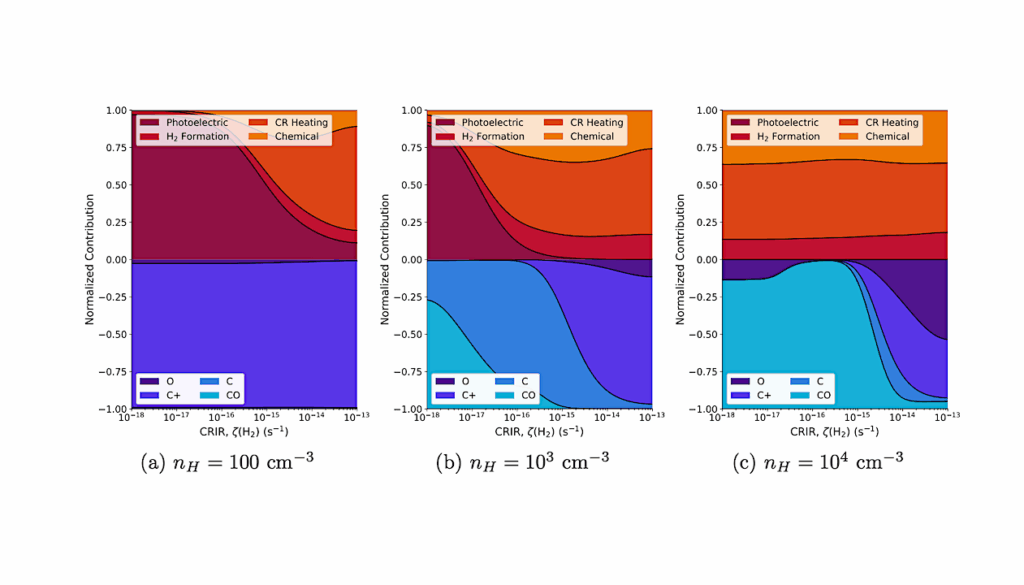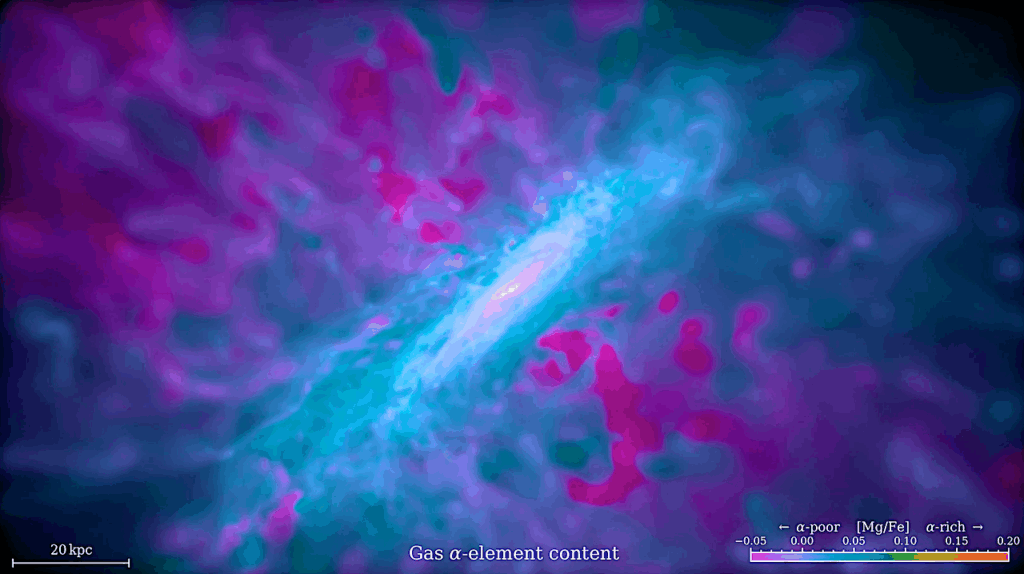Clouds Will Likely Prevent The Detection Of Water Vapor In JWST Transmission Spectra Of Terrestrial Exoplanets

We are on the verge of characterizing the atmospheres of terrestrial exoplanets in the habitable zones of M dwarf stars.
Due to their large planet-to-star radius ratios and higher frequency of transits, terrestrial exoplanets orbiting M dwarf stars are favorable for transmission spectroscopy.
In this work, we quantify the effect that water clouds have on the amplitude of water vapor transmission spectral features of terrestrial exoplanets orbiting M dwarf stars. To do so, we make synthetic transmission spectra from general circulation model (GCM) experiments of tidally locked planets. We improve upon previous work by considering how varying a broad range of planetary parameters affects transmission spectra. We find that clouds lead to a 10-100 times increase in the number of transits required to detect water features with the James Webb Space Telescope (JWST) with varying rotation period, incident stellar flux, surface pressure, planetary radius, and surface gravity.
We also find that there is a strong increase in the dayside cloud coverage in our GCM simulations with rotation periods ≳12 days for planets with Earth’s radius. This increase in cloud coverage leads to even stronger muting of spectral features for slowly rotating exoplanets orbiting M dwarf stars. We predict that it will be extremely challenging to detect water transmission features in the atmospheres of terrestrial exoplanets in the habitable zone of M dwarf stars with JWST. However, species that are well-mixed above the cloud deck (e.g., CO2 and CH4) may still be detectable on these planets with JWST.
Thaddeus D. Komacek, Thomas J. Fauchez, Eric T. Wolf, Dorian S. Abbot
(Submitted on 18 Dec 2019)
Comments: 7 pages, 3 figures, accepted at ApJ Letters
Subjects: Earth and Planetary Astrophysics (astro-ph.EP)
Cite as: arXiv:1912.08781 [astro-ph.EP] (or arXiv:1912.08781v1 [astro-ph.EP] for this version)
Submission history
From: Thaddeus Komacek
[v1] Wed, 18 Dec 2019 18:23:06 UTC (436 KB)
https://arxiv.org/abs/1912.08781
Astrobiology, Astrochemistry








